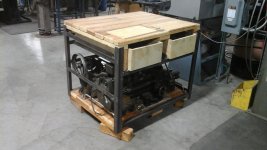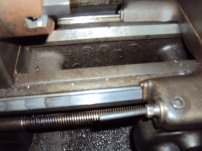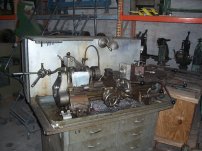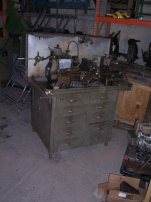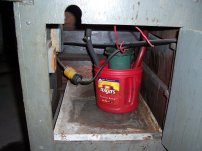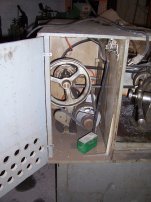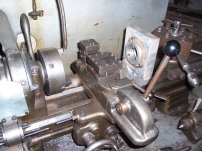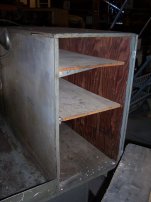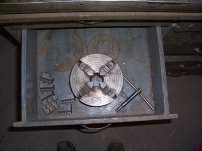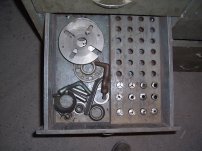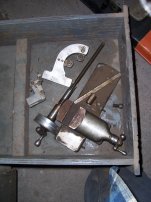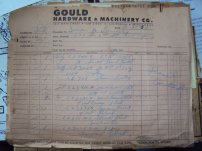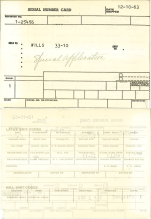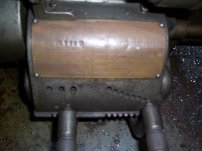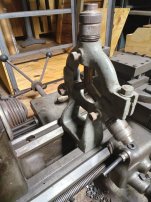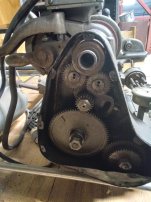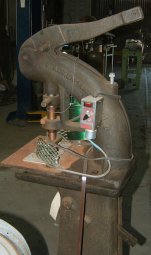M.B. Naegle
Diamond
- Joined
- Feb 7, 2011
- Location
- Conroe, TX USA
This lathe was one of the first 3 lathes we had in our shop, and it's been in storage for a number of years (was also for sale on here awhile back, but we decided to keep it). Recently it hit the shop floor again as I'm trying to consolidate storage space.
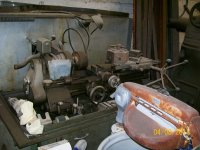
(not a very flattering photo but it's the only one I could find of the old set-up).
First thing I did was pull apart the old stand as while it had LOADS of storage space, it was just too much to keep attached to the lathe, and it covered up a lot of the drive assembly too in a safe, but un-practical way.
So then, I set about trying to figure out how to actualy put a stand under this lathe that would make the best use of space. Then this thread poped up:
https://www.practicalmachinist.com/vb/south-bend-lathes/ww2-south-bend-ads-190079/
Particularly this pic.
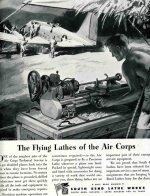
And so now I've decided to make a portable lathe that can become it's own crate. I like this plan because the lathe is mainly a back-up at this point and we don't have space to keep it permanently on the floor. So this way it can be up in the pallet-racks until it's time for it to come down and play.

(not a very flattering photo but it's the only one I could find of the old set-up).
First thing I did was pull apart the old stand as while it had LOADS of storage space, it was just too much to keep attached to the lathe, and it covered up a lot of the drive assembly too in a safe, but un-practical way.
So then, I set about trying to figure out how to actualy put a stand under this lathe that would make the best use of space. Then this thread poped up:
https://www.practicalmachinist.com/vb/south-bend-lathes/ww2-south-bend-ads-190079/
Particularly this pic.

And so now I've decided to make a portable lathe that can become it's own crate. I like this plan because the lathe is mainly a back-up at this point and we don't have space to keep it permanently on the floor. So this way it can be up in the pallet-racks until it's time for it to come down and play.


